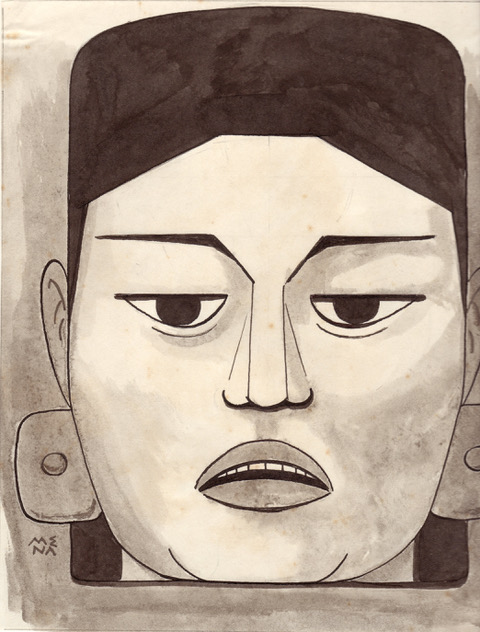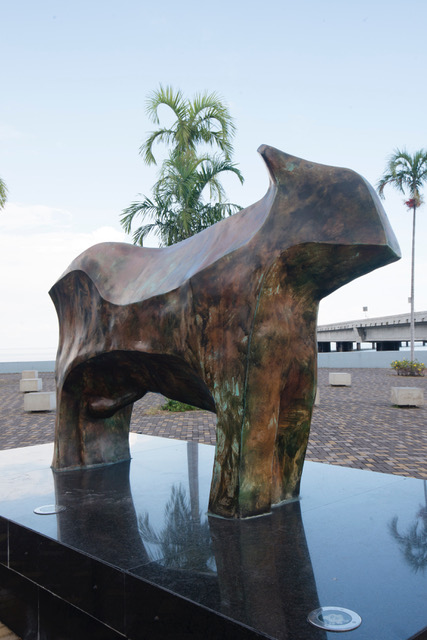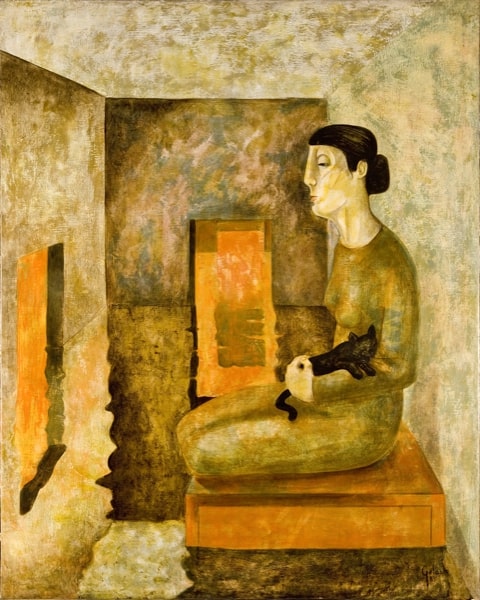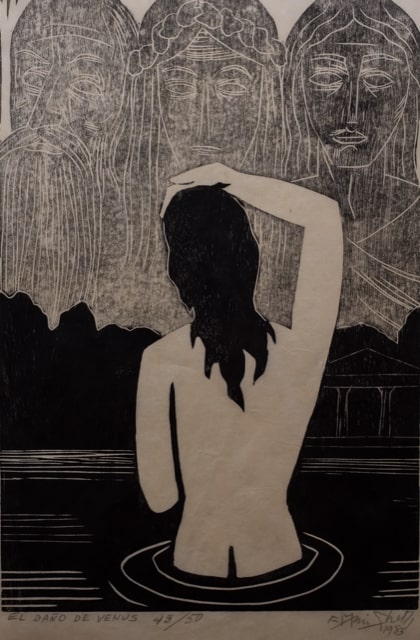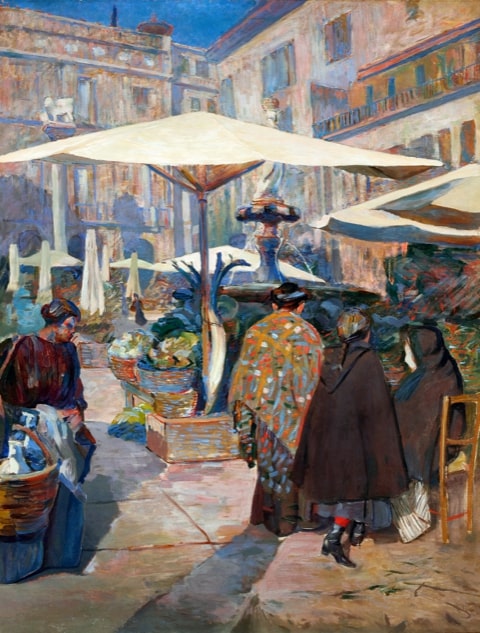The year 2021 commemorates the 200th anniversary of Central America’s independence from Spain, a time to reflect on the political and cultural history of this important event.
The Spanish colonies in America were ruled for more than 300 years by Catholic kings, the Catholic church, Austria, and France, from 1492 to 1821. The ideas of French intellectuals had an especially strong influence on American thinking. Indeed, the French Revolution (1789) was a milestone in the history of the West, marking the end of feudalism and tyranny in several European countries and laying the foundations for modern democracy in the 19th century.
In Central America, many studies on the significance of the bicentennial are being done. In Guatemala, we can start in 1871, when the core of the oligarchy was formed, as heir to the mestizo signatories who drew up the act of independence.
We must understand the issue of independence as it applies to our regional identity. For three centuries under Spanish domination, our common cultural ties were severed. With independence, it became necessary to reestablish our shared values as a sign of unity.
The first Central American exhibition was presented in Guatemala, as a light in the tunnel, and then there was another in 1935 in Costa Rica. In 1921, La Exposición Centroamericana de Industrias y Artes (the Central American Exhibition of Industries and Arts) was held at the La Aurora farm in Guatemala. It was a celebration of the centenary of the country’s independence, as well as the year that democracy had been reestablished in the entire Isthmus. Guatemala was also celebrating the overthrow of the tyrant Manuel Estrada Cabrera.
Central American art and its link to the region is quite broad, despite institutional instability and the states being mired in the intricacies of disseminating cultural content. It was not until 1946 that the first Certamen permanente centroamericano 15 de septiembre (Permanent Central American Competition September 15) was created in Guatemala, during the government of Dr. Juan José Arévalo. This event had a major impact because all of the Central American countries attended.
The competition was managed through the General Directorate of Fine Arts of Guatemala, which at that time coordinated the arts of the entire area. Today, it is a competition that is dying, maintaining its name but having discarded the most elementary of the arts, the visual arts. The intention of the competition had been to strengthen ties between the countries of the Isthmus, with the understanding that it is through art that such ideas are expressed and communicated. But eventually, and as always, this objective was relegated to the background by the competition’s organizers.
It would make no sense to say that the thinking and behavior of the region changed as a result of these early efforts at cultural unity. Recent history shows us that every country has continued to have its own turmoil and tragedies, and to this day the uncertainty remains.
The creation of new regional events has been minimal. But now, in addition to the Central American Competition, several public-private proposals have emerged, such as salons, biennials and group exhibitions, which – even if of very short duration – have given a boost to regional artistic efforts, betting on the hoped-for Central American unification.
We are thus on the verge of the bicentennial of our independence, in an atypical time of media blitzes that profoundly influence the way we think and behave. The virtual era is here to stay and
to develop in parallel with Covid-19.
Museums, foundations, art galleries, artists and managers try again to stand up to the challenge of a catastrophe. It is art that now resurfaces as a hope for a new future in the region. Here, it is imperative to point out the work being done by universities, committees, boards, museums, foundations, art galleries, as well as some public-private institutions, which, despite the difficult circumstances, have managed to put together many books, catalogs, magazines, virtual editions and records of collective and individual efforts that will serve as a historical reference.
A few recent examples: 100 años de las artes visuales guatemaltecas (100 Years of the Guatemalan Visual Arts), published by the Carlos Mérida National Museum of Modern Art. This book is not intended to be an anthology of Guatemalan art, but rather a documentation of the collection that the museum treasures as a cultural heritage. Also, Central American Modernism, edited by the collector Mark Morgan Ford and the art critic Suzanne Brooks Snider. Highlighting the work of representative artists from each country, the book is a look at modernism in the region as a movement that contributed to and impacted the search for renewal and the breaking of established paradigms. And Entre siglos (Between Centuries), edited by the Rozas Botrán Foundation, on modern and contemporary Central American art up to the present day.
Today, it is still possible to believe in our future. To do this, we must see ourselves as thinking individuals waiting for a new dawn, in a new “normal” that will be demanding and competitive. As a hopeful sign, we can look to acts of critical thinking about our social and cultural memory. No one knows or will know the history of our next evolution as a civilization. Life is so short compared to the longevity of art.

